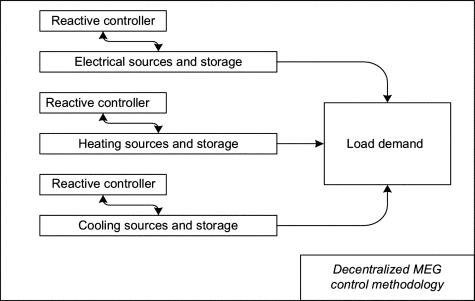Introduction to decentralized control
The characteristic of decentralized control is that, contrary to centralized control, different information flows into different control centers, and different control commands are issued by different control centers.
Decentralized control does not have a unified controller. All control functions are dispersed in each sub-operation. In this control mode, the output, input signal and system signal of each sub-operation are related to each other. The timing of distributed control can be synchronous or asynchronous.

The advantages of decentralized control are strong pertinence, high efficiency of information transmission, and strong system adaptability. The disadvantage is that the information is incomplete and the overall coordination is difficult. Decentralized control is suitable for departments with looser system organization, such as traffic management at urban intersections, and some peripheral enterprises of enterprise groups.
Robust decentralized control
The traditional centralized control method needs to use all the measurement signals of the system at the same time, and then calculate the control force of all the actuators and send out signals for vibration control. The system is complex and has poor reliability. The decentralized control strategy based on local information feedback of the system is simple in design and highly reliable. Since the decentralized control adopts the control method of system partial signal feedback, the failure of a few actuators will not cause the control failure of the entire system, which is more suitable for practical applications.
However, the actuator control force of the decentralized control strategy is only controlled by the measurement signals of the adjacent two floors of the building. Although the response of the structure can be controlled, the information is too little and the control effect is not good. In order to achieve a better control effect, based on the robust control strategy, by setting a special matrix, a robust decentralized control method based on the signals of the adjacent four floors of the building is proposed. From the results of dynamic simulation, the control effect of this method is much better than that of only relying on adjacent two-layer signals.
For the vibration control of building structures under seismic excitation, the system of traditional robust centralized control strategy is complex and relatively low in reliability. The failure of a few actuators may lead to the failure of the entire control system. . Therefore, the robust decentralized control strategy, which has the advantages of simple system and high reliability, can make up for the lack of robust centralized control strategy to a certain extent while ensuring the control effect.
